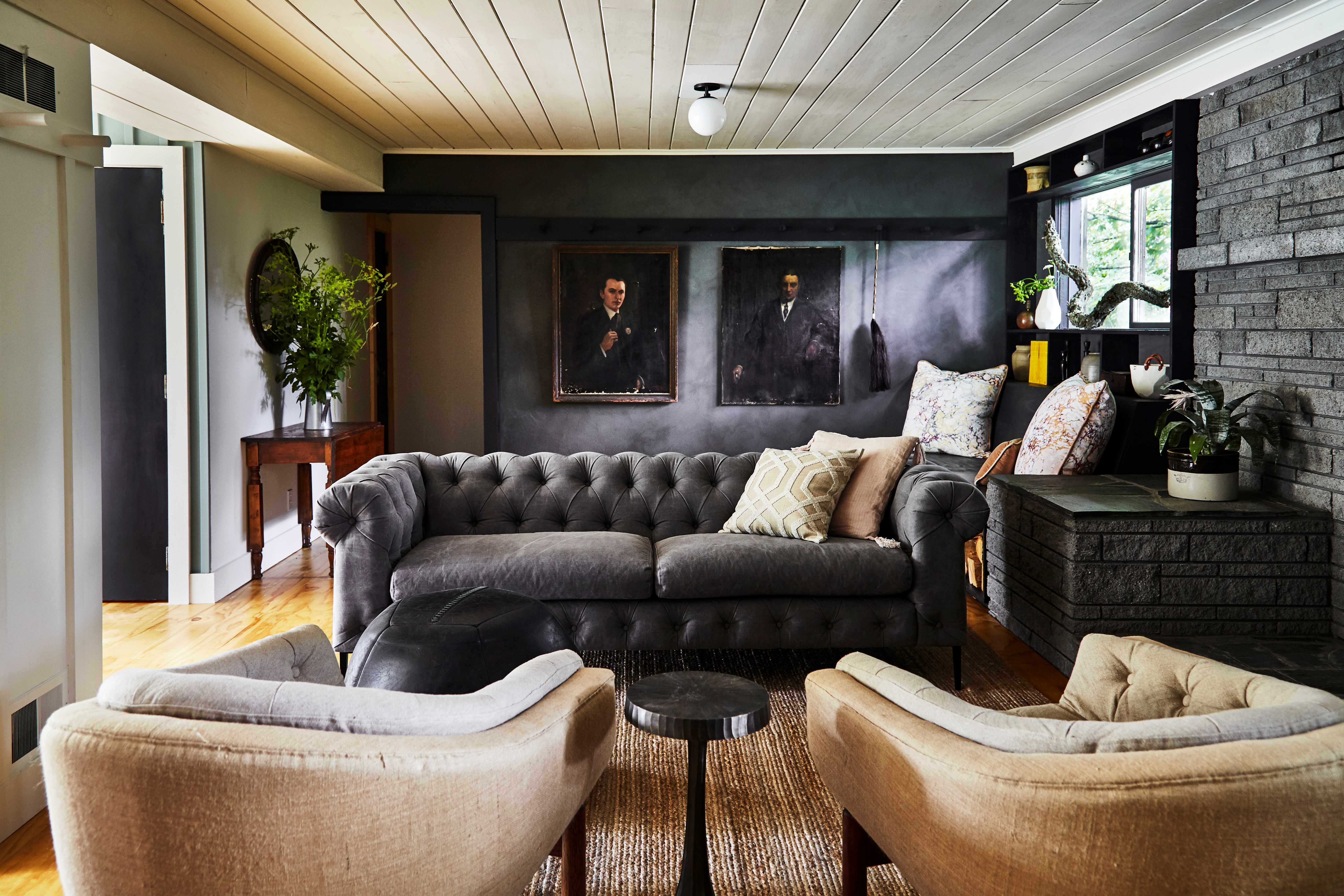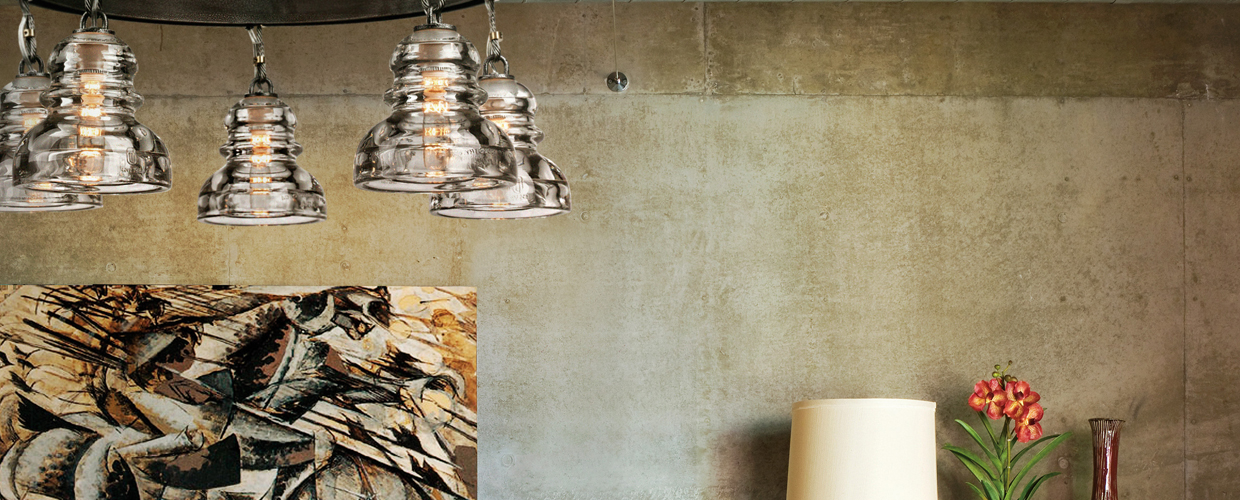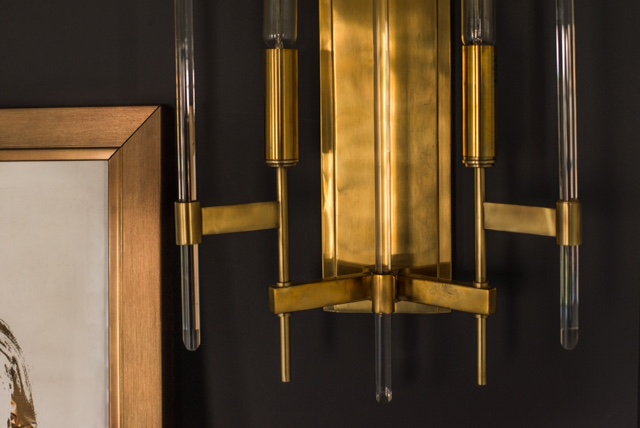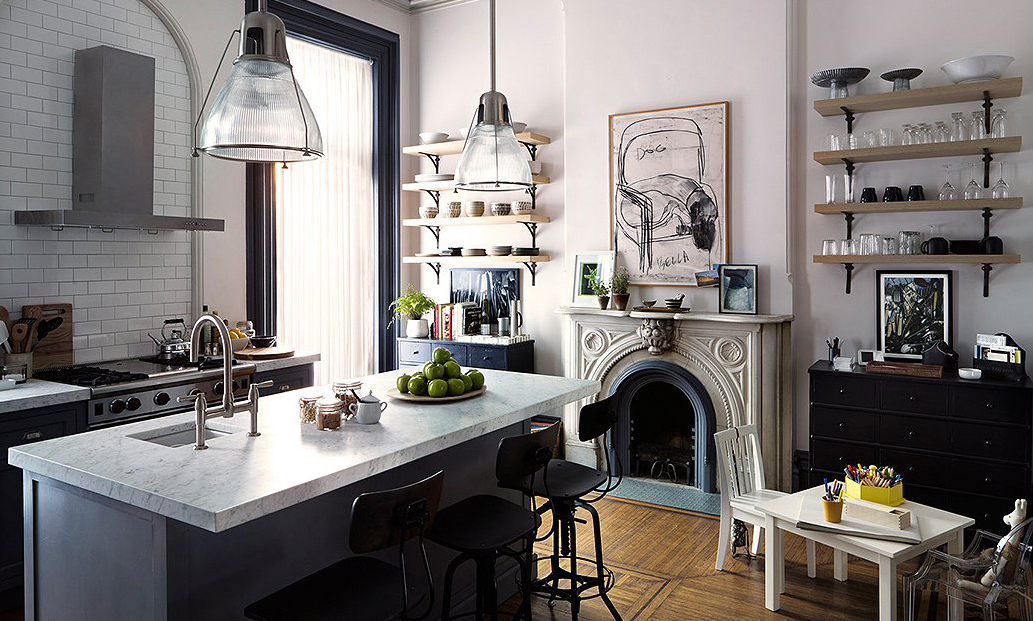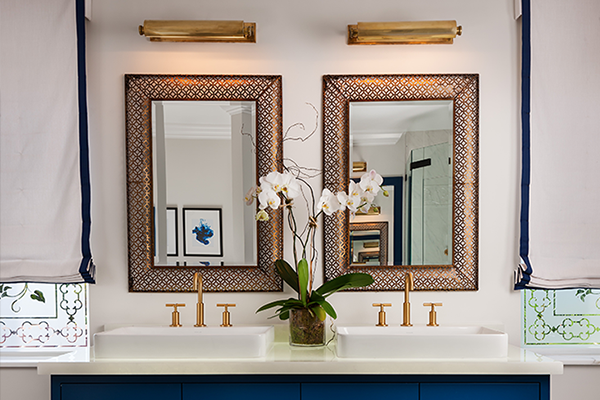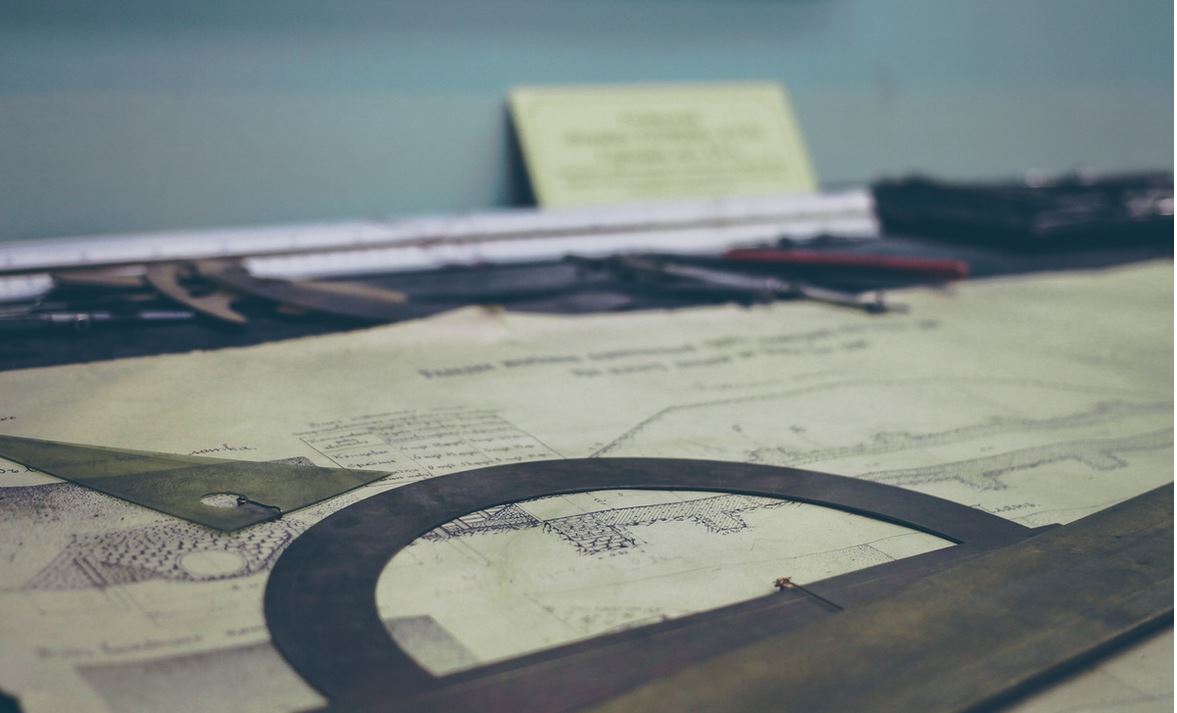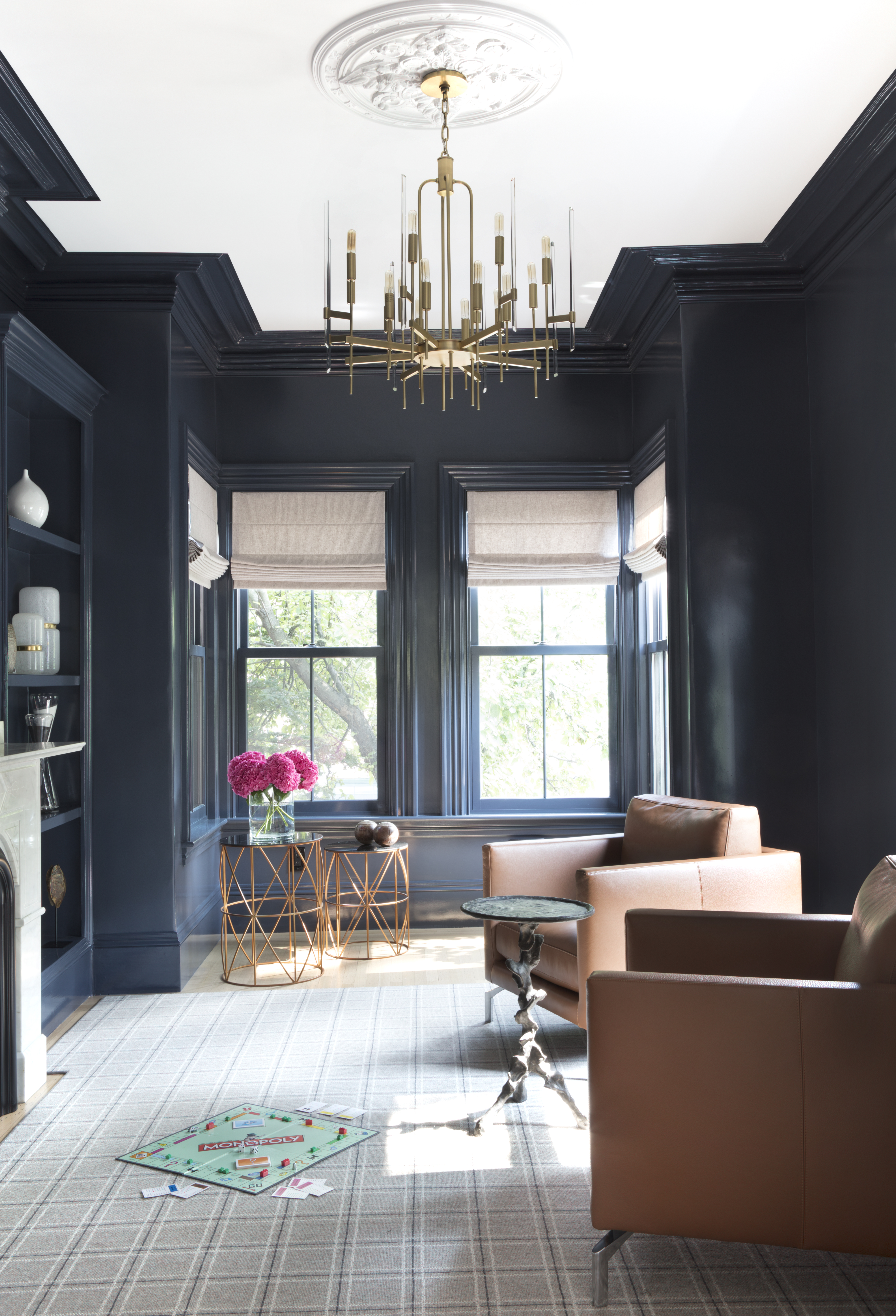It's always been a slippery word, Brutalism.
As an architectural style, it was at first praised and then reviled within its own heyday ('50s-'70s) and abandoned, with many of the buildings eventually being demolished or never built as intended in the first place. But with the rise of visual culture on the internet and the last decade's wave of nostalgia, its towering buildings have garnered a whole new generation of admirers. The movement's undergone a reappraisal, with online fan communities and blogs, magazine articles and books and monographs continually coming out, and groups organizing to establish Brutalist buildings as historic landmarks before the wrecking ball takes them down.
As just one example of its ongoing trendiness, Elle Décor recently gave Kate Bolick a column as Aesthetic Detective to investigate "design crimes." Her first assignment? You guessed it: Brutalism.
Though it exists solely as architecture or as a set of ideas about architecture, the word is now applied to all manner of things, including sofas, tables, and light fixtures. But when someone calls a chandelier "brutalist," it may mean something very different from the word applied to sixties housing developments in London.
























